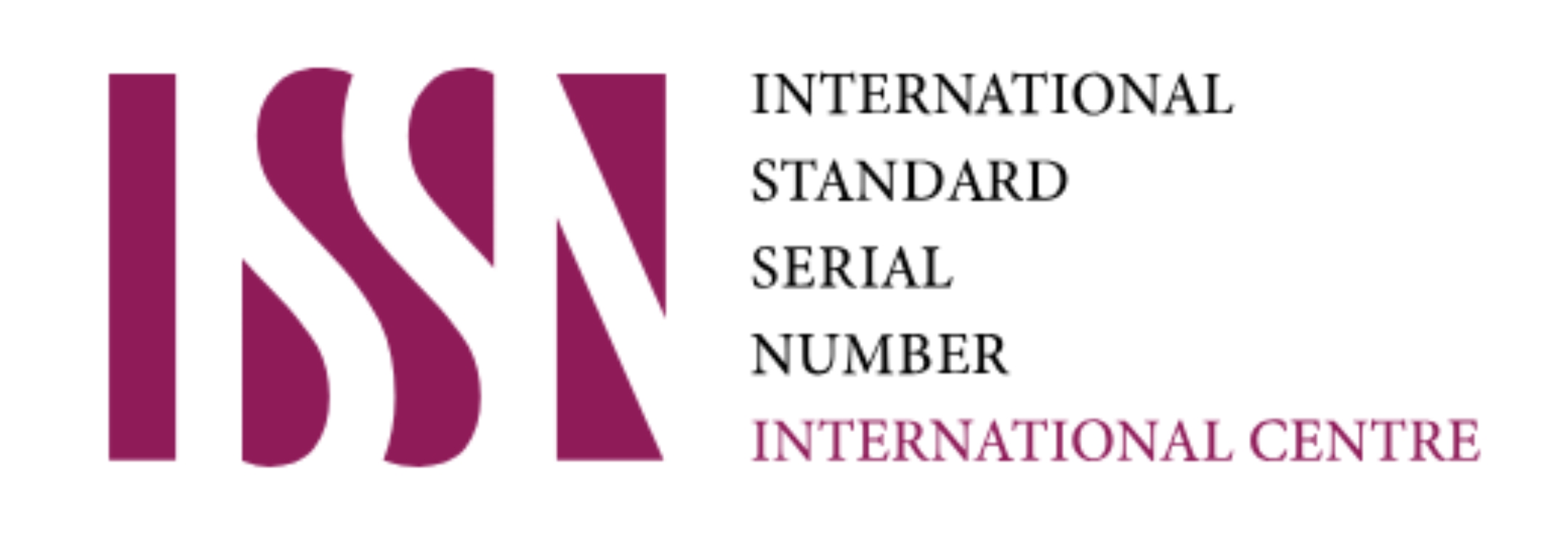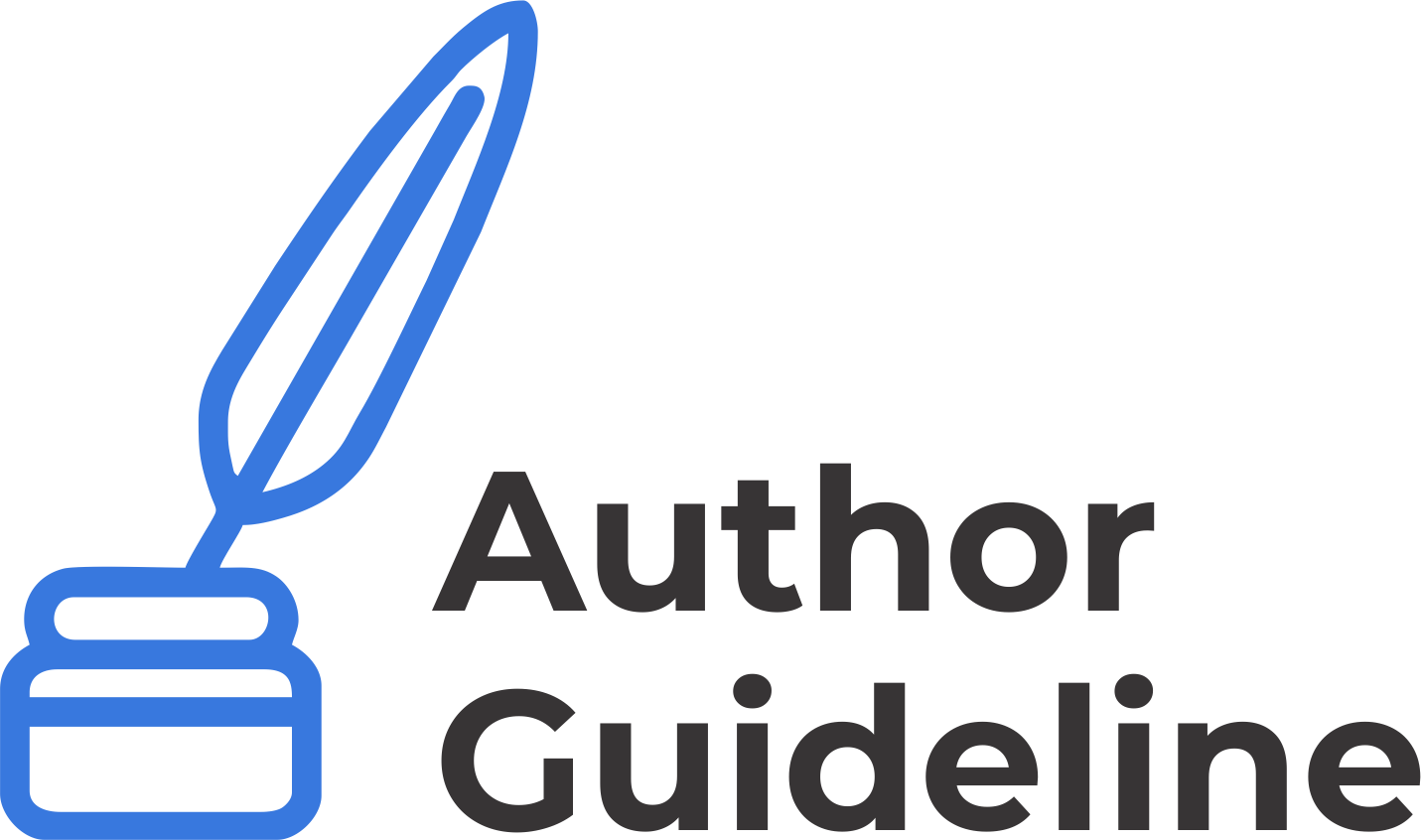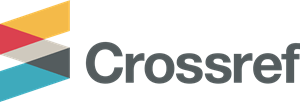Perancangan Video Pembelajaran 3D Modeling Berbasis Schoology Untuk Mahasiswa DKV Ma Chung
Abstract
Today the world is entering the era of the 4.0 industrial revolution, where technology has become a part of human life. In the world of education, the rapid development of internet and technology encourages renewal efforts in learning. The problem identified one of them is the study of 3D modeling DKV Ma Chung is still conventional and has not adapted the learning in the era of the 4.0 industrial revolution.
The method used is Research and Development with an ADDIE version development research model. The steps are: Analysis, Design, Development, and Implementation. The stages of development using stages in video production are pre production, production, and post production. The final result of the study was a Schoology-based 3D modeling learning video product for DKV Ma Chung students. Product eligibility can be seen from the material expert assessment results with a percentage of 85% which is categorized as highly feasible. The results of the media experts with a percentage rate of 88% are categorized as highly feasible. Product ratings by students get a percentage of 88% which is categorized very well.
References
Basori, 2013. Pemanfaatan Social Learning Network Schoology dalam Membantu Perkuliahan Teori Bodi Otomotif di Prodi PTM JPTK FKIP UNS.
Fabian, 2017. How to Get Started with 3D Modeling: An Interview with 3D Modeling Expert Jonathan Williamson. [Online]
Available at: https://i.materialise.com/blog/en/how-to-get-started-with-3d-modeling-an-interview-with-3d-modeling-expert-jonathan-williamson/ [Accessed 8 March 2019].
Ghufron, M. A., 2018. Revolusi Industri 4.0: Tantangan, Peluang, dan Solusi Bagi Dunia Pendidikan. Seminar Nasional dan Diskusi Panel Multidisiplin Hasil Penelitian dan Pengabdian kepada Masyarakat, pp. 332-337.
Ningrum, D. W., 2014. Kenapa Film Animasi Indonesia Kalah dengan Upin Ipin?. [Online] Available at: https://www.liputan6.com/tekno/read/2089912/kenapa-film-animasi-indonesia-kalah-dengan-upin-ipin [Accessed 8 March 2019].
Putri, T. H., 2017. Animasi Jadi Andalan Bekraf Untuk Genjot Ekonomi Kreatif. [Online] Available at: https://www.idntimes.com/news/indonesia/teatrika/animasi-jadi-andalan-bekraf-untuk-tingkatkan-ekonomi-kreatif-1 [Accessed 8 March 2019].
Riyana, C., 2007. Pedoman Pengembangan Media Video. Jakarta: P3AI UPI.
Rusman, 2012. Belajar dan Pembelajaran Berbasis Komputer. Bandung: Alfabeta.
Sudjana, N., 2005. Dasar-dasar Proses Belajar Mengajar. Bandung: Sinar Baru.
Sugiyono, 2009. Metode Penelitian Pendidikan Pendekatan Kuantitatif, Kualitatif, dan R&D. Bandung: Alfabeta.
Sugiyono, 2013. Metodelogi Penelitian Kuantitatif, Kualitatif, dan R&D. Bandung: Alfabeta.
Sugiyono, 2014. Metode Penelitian Pendidikan (Pendekatan Kuantitatif, Kualitatif, dan R&D). Bandung: Alfabeta.
Tegeh, I. M. & Kirna, I. M., 2010. Metode Penelitian Pengembangan Pendidikan. s.l.:s.n.
Wagiran, 2013. Metodologi Penelitian Pendidikan (Teori dan Implementasi). Yogyakarta: Deepublish.

This work is licensed under a Creative Commons Attribution-ShareAlike 4.0 International License.










 This work is licensed under a
This work is licensed under a 